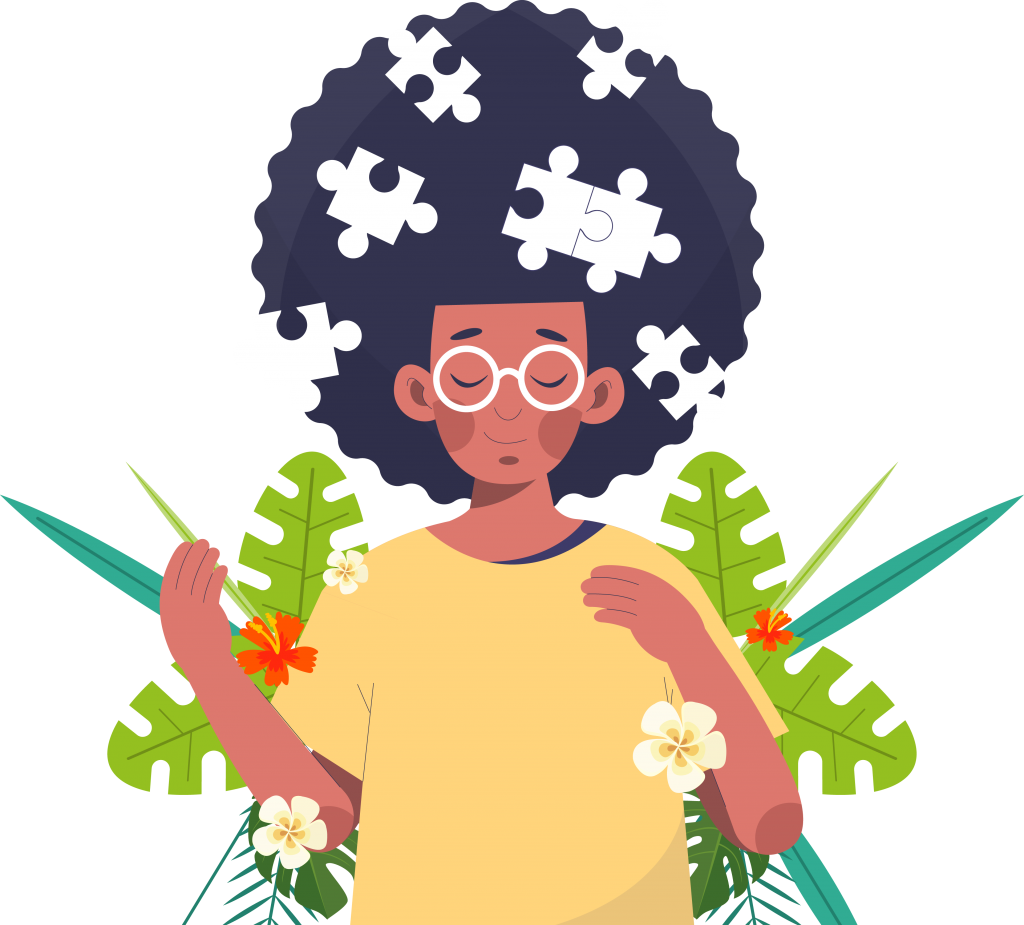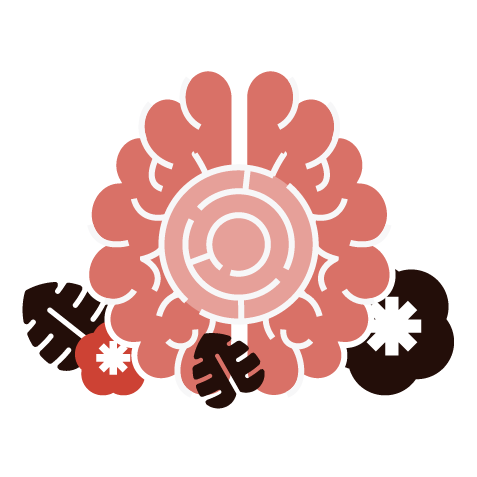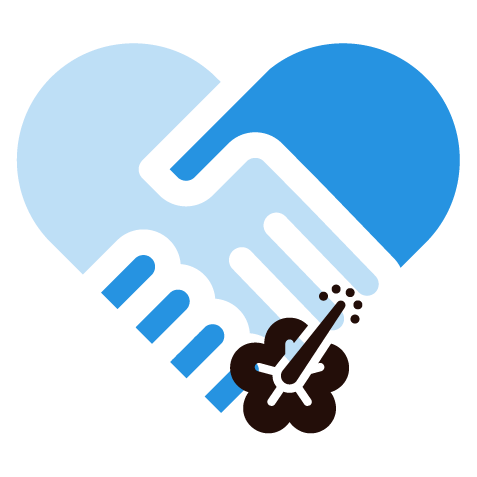Kūʻono Hoʻoikaika
Resiliency Corner

Kuʻu Puʻuhonua
(My Place of Refuge/Personalized Safety Plan and Coping Skills):
My Warning Signs – Nā Hōʻailona
If we listen closely to ourselves, we can learn to recognize the signs that we are becoming overwhelmed or need to ask for help from others. For example, you may feel snappy/irritable at everyone or may feel like you don’t have any energy or interest in doing things. Maybe you find yourself only having energy to scroll social media or watch Netflix, rather than going to the beach or hanging with friends. You may even have thoughts of suicide or of wanting to harm yourself in some way. What are some of your warning signs?
My Top 3 Hoas/Kako’o/Support System – Koʻu Mau Hoa Kākoʻo
List 3 people who are your go-to for talking story and support. Another way to think about this is – who are the three people who will be most stoked to continue doing life alongside you? Who always answers/responds when you call/text, and who is great about listening
My Reasons for Living: – Nā Kumu Ola
You can have many reasons for living! Try to think of at least three. Some examples include relationships with loved ones, commitment to your pets, or goals for the future. Perhaps what keeps you grounded is your desire to do right by your kūpuna, and the ancestors who laid this path for you. Or maybe it is your desire to discover your place on this earth and contribute to the lāhui. These commitments to yourself, your community and others are what keep us going, and remind us of what we truly value in our lives.
My Coping Strategies: Ke Kaʻa Mauli Ola
Start building your coping skills toolbox! Try to list something in each category. You can return to this list when you’re feeling stressed to remind yourself of what works for you.
Comfort – Hōʻolu
Some ideas: Ask a loved one for a hug, cuddle a pet, take a warm bath or shower
Distract – Hoʻolalau
Some ideas: Blast some feel-good music, put on your favorite movie, start a new project or craft, cook a good meal, read a captivating book
Release – Hoʻokuʻu
Some ideas: Record a video on the MyHealthStory2 app, write in a journal, practice breathing and mindfulness exercises, perform a hiʻuwai in the ocean
Move – Hoʻoholo
Some ideas: Shake things up a bit and get moving! Go swim, surf, walk on the beach, ride a bike, practice yoga, or have an impromptu dance party. Take a walk outside or discover a new trail! Even a quick lap around your apartment building might be enough to refocus and shift your perspective.
Connect – Hoʻopili
Some ideas: video chat or call a friend, meet up with a friend for coffee/lunch, volunteer at an organization that is meaningful to you
My Gratitude Checklist – Kuʻu Papahelu Pōmaikaʻi
Try to think of at least 3 people/places/things for which you super mahalo in your life right now. If you can’t think of 3 right now, don’t stress, you can come back to this at any time.
Some examples include: getting to pursue a college degree, living in Hawaii, watching the sunset, laughing with friends, having good health
My Plans for Wellness (Pilinahā Framework) – Kaʻu Papahana Mauli Ola
Although there may be many ways of looking at wellness from an indigenous lens, one model, Pilinahā, offers us a framework of well-being derived from our Native Hawaiian ways of knowing and understanding. You can use this framework to help you start to think about self-care, and the activities that you want to fill your life with. Try to think of meaningful activities that fall under each category. Like most things in life, these four elements are interconnected, so one activity might fall under multiple categories. For example, perhaps you participate in limu restoration, a practice that might fulfill all four elements.
Pilinahā Framework (Odom et. al, 2019)

Connection to place
place—to have a kinship with ‘āina

Connection to community
to love and be loved; to understand and be understood

Connection to past and future
to have kuleana (a purpose in the world)

Connection to your better self
to find and know yourself

